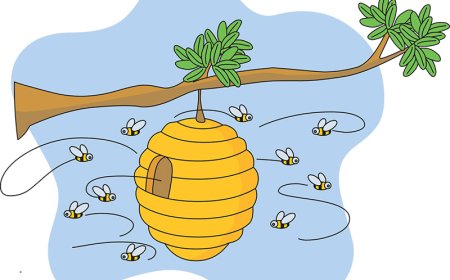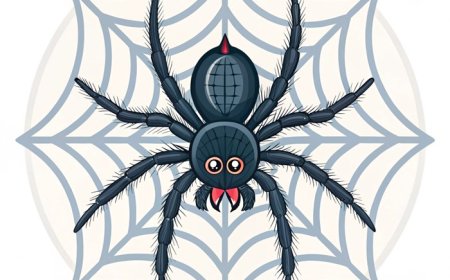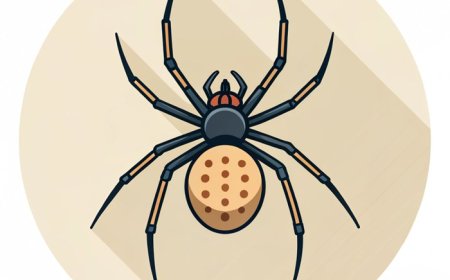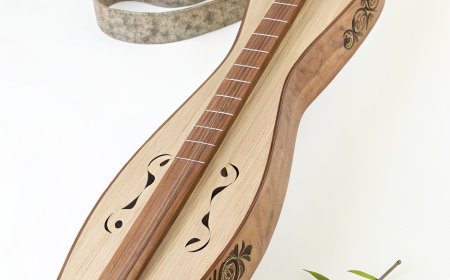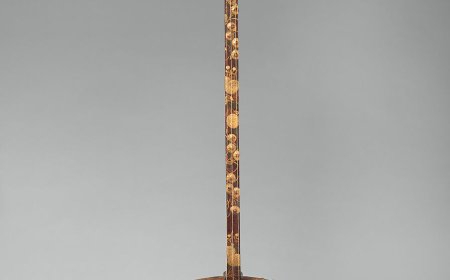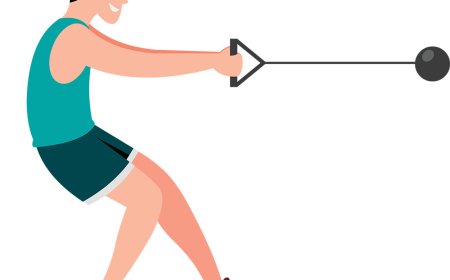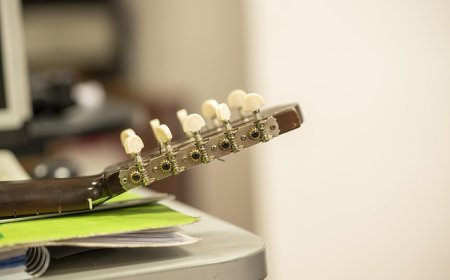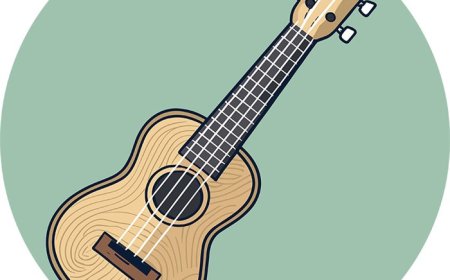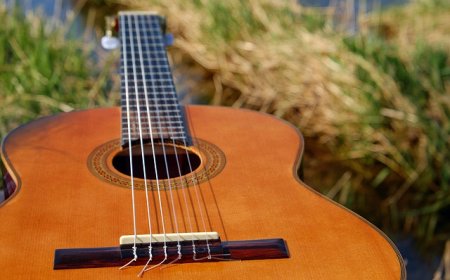Bugle Facts for Students | Learn How the Bugle Works & Its History
Discover the bugle: how it works, its history, parts, uses, and famous players. A simple and informative guide for students learning about brass instruments and their role in history.
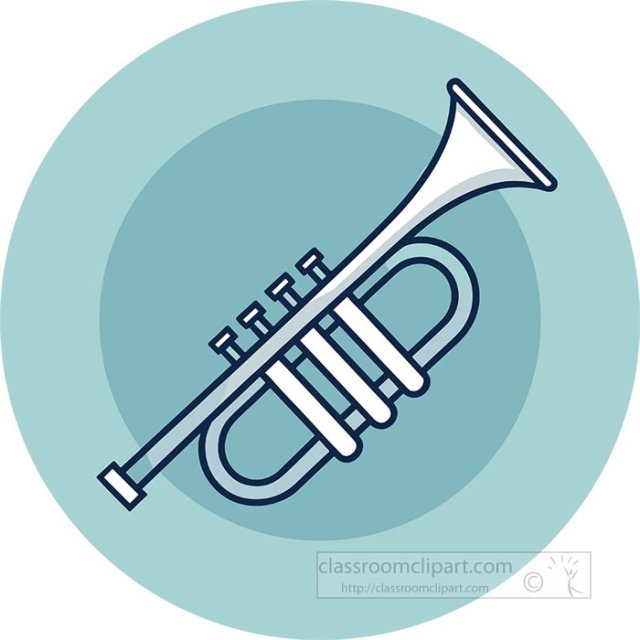
🎺 All About the Bugle
🥇 Introduction
The bugle is one of the simplest and most historic instruments in the brass family. It has no valves or keys, and it produces sound using only the player’s lips and breath. Despite its simplicity, the bugle has played a very important role in military life, ceremonies, and signals throughout history. Its clear, commanding tone can be heard across large fields and open spaces, which made it perfect for communication before radios and phones were invented. Today, the bugle is still used in military events, parades, and traditional ceremonies.
🎼 What Is a Bugle?
A bugle is a brass wind instrument that is played by buzzing the lips into a metal mouthpiece. Unlike most brass instruments, the bugle has no valves or slides. This means the player cannot press buttons to change the pitch. Instead, they must use their embouchure—the shape and strength of their lips—to play different notes in the harmonic series.
Because it has no valves, the bugle can only play a limited number of notes. These are the same notes found in natural harmonics, such as the ones used for traditional bugle calls. The most common key for bugles is B♭, although bugles in other keys like C and G also exist.
🧩 Parts of the Bugle
The bugle is one of the most basic brass instruments, but it still has several key parts. At the front is the mouthpiece, where the player buzzes their lips to start the sound. The mouthpiece is similar to that of a trumpet or cornet, although sometimes slightly deeper.
From the mouthpiece, the air enters the leadpipe, which is connected to the main tubing of the instrument. The bugle’s tubing is coiled or curved into a loop, often in a semi-circle or figure-eight shape. This keeps the instrument compact and easy to carry.
At the end of the bugle is the bell, where the sound comes out. The bugle’s bell is usually wide and slightly flared, helping project the sound loudly and clearly. Some bugles may also have a small tuning slide, but many traditional bugles are made in one solid piece.
⚙️ How Does the Bugle Work?
The bugle works using lip vibration and airflow, with no mechanical parts to change the notes. When a player buzzes their lips into the mouthpiece, the vibration travels through the tubing and produces a note. The only way to play different pitches is by changing how tight or loose the lips are and how fast the air flows.
Because there are no valves, the bugle can only play natural harmonics. These are the notes that come from the instrument’s basic length of tubing. This limits the bugle to about five or six notes, depending on the player’s skill. These notes are enough to play traditional bugle calls such as Taps, Reveille, and Assembly.
Although limited in range, the bugle is very expressive and can produce clear, strong notes that carry over long distances. This made it perfect for military use, where different calls could signal actions like wake-up, meal time, or lights out.
📜 History of the Bugle
The bugle has a long and noble history that goes back hundreds of years. It is one of the oldest types of brass instruments and was originally based on animal horns and early signal horns used by shepherds and hunters.
The modern military bugle evolved from hunting horns in the 1700s and became a key tool for communication in armies. Because bugles are simple to use and easy to hear, they were ideal for giving commands to soldiers in the field, long before walkie-talkies or loudspeakers were invented.
Each military action—such as waking up, lining up, marching, or going to sleep—had its own bugle call, a short melody that soldiers learned to recognize. These calls are still used today in ceremonies, funerals, and special events to honor military service.
The bugle was also the ancestor of more advanced brass instruments like the cornet and flugelhorn, which added valves to play more notes.
🎷 Famous Bugle Players & Iconic Uses
While the bugle isn’t typically used for solo careers or concerts, it has had important moments and famous uses in history:
- John Philip Sousa – Known as the "March King," Sousa began his music career in the U.S. Marine Band, which used bugles extensively
- General Daniel Butterfield – Composed the famous bugle call Taps during the American Civil War
- The Last Post – A traditional British Commonwealth bugle call played at memorials and Remembrance Day
- Taps – The most famous U.S. bugle call, often played at military funerals and memorials
- Reveille – A cheerful bugle call used to wake soldiers in the morning
These uses show how powerful and meaningful the bugle can be, even without a full range of notes.
🎶 Learning to Play the Bugle
Learning the bugle is a great introduction to brass instruments, especially for beginners who want to build strong embouchure and breath control. Since there are no valves to press, players must focus entirely on buzzing the lips and learning how to play harmonic notes.
The bugle is often used in scouting groups, military programs, and ceremonial bands. Students usually start by learning to play Taps, Reveille, and other basic calls. These songs are made up of just a few notes, which helps beginners focus on technique and control.
Once a player is comfortable with the bugle, it’s easy to move on to more complex brass instruments like the trumpet, cornet, or trombone. Bugle playing helps build good habits that carry over to all brass instruments.
😄 Fun Facts About Bugles
- The bugle has no valves, making it one of the simplest brass instruments.
- Bugles were originally made from animal horns and later from brass or copper.
- The bugle can only play natural notes, known as harmonics.
- The famous tune Taps is played using only four different notes!
- Some bugles have a tuning slide, but many are made in one solid piece.
- Bugles are still used today in military funerals, flag ceremonies, and Boy Scout events.
👧 Kid-Friendly Summary
The bugle is a simple brass instrument with no buttons or keys. You make sound by buzzing your lips into the mouthpiece, and you change notes using just your lips. The bugle has been used for hundreds of years in the military to send signals like “wake up” or “go to sleep.” It only plays a few notes, but those notes are used in famous songs like Taps. If you want to try an easy brass instrument that’s full of history, the bugle is a great place to start.
📚 Vocabulary Words
Bugle – A simple brass instrument with no valves, used for military signals
Mouthpiece – The part where you buzz your lips to make sound
Bell – The flared end of the bugle where the sound comes out
Harmonics – Natural notes that can be played without valves or slides
Embouchure – The way your lips and face muscles are shaped to play an instrument
Taps – A famous bugle call played at military funerals
Reveille – A bugle call used to wake up soldiers
Tuning slide – A small adjustable part on some bugles used to change the pitch slightly
❓ Interactive Quiz
1. What makes the bugle different from most brass instruments?
A. It has six valves
B. It uses a bow
C. It has no valves
D. It has strings
2. How do you play different notes on a bugle?
A. By using a slide
B. By pressing valves
C. By changing your lip shape and air
D. By turning a dial
3. What is the name of the famous bugle call played at military funerals?
A. Reveille
B. Retreat
C. Taps
D. Assembly
4. What type of notes can a bugle play?
A. Harmonic notes
B. All chromatic notes
C. Only high notes
D. Notes with valves only
5. Where is the bugle still commonly used today?
A. Rock concerts
B. Space missions
C. Military ceremonies
D. Drum sets


